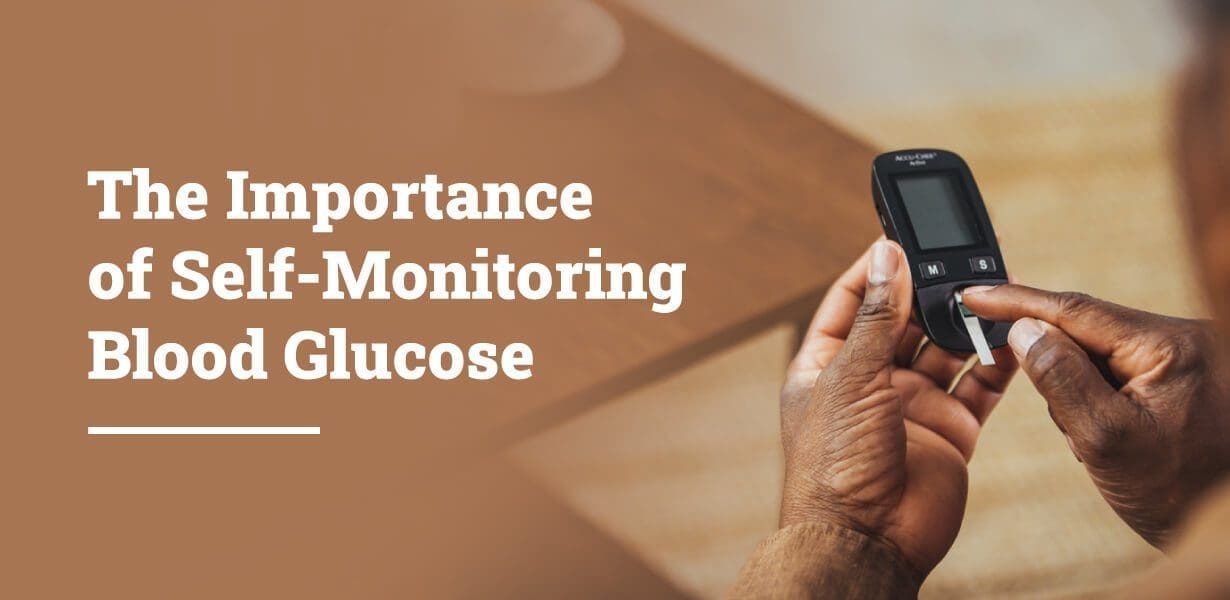The Importance of Self-Monitoring Blood Glucose

Managing blood glucose levels is key to maintaining overall health, especially for individuals dealing with diabetes. Self-monitoring plays a crucial role in this journey, empowering patients to take charge of their well-being.
Let’s delve into the importance of self-monitoring and how it can positively impact your health. Self-testing is important for the following reasons:
- Early detection: catch health changes early, preventing complications
- Evaluate treatment: see what works best for you and adjust accordingly
- Self-empowerment: this will help the patient take an active role in their health decisions
- Improved Life: manage health better for a balanced, fulfilling life
Blood sugar level targets are individualized in order to prevent the risk of hypoglycemia (too low levels of blood sugar) or other adverse effects associated with blood sugar control that is too tight.
Your blood sugar range depends on age, lifestyle, and overall health. Self-monitoring of blood glucose (SMBG) involves regularly testing your blood sugar levels using a glucometer. It provides real-time information about how your body responds to food, physical activity, medications, and overall lifestyle choices.
When to check blood sugar levels:
- Before meals
- Two hours after meals
- Before bedtime
- Before and after exercise
- When feeling unwell
How do you use a blood sugar meter?
- Make sure the meter is clean and ready to use
- After removing a test strip, immediately close the test strip container tightly. Test strips can be damaged if they are exposed to moisture
- Wash your hands with soap and warm water. Dry well. Massage your hand to get blood into your finger. Don’t use alcohol because it dries the skin too much
- Use a lancet to prick your finger. Squeezing from the base of the finger, gently place a small amount of blood onto the test strip. Place the strip in the meter
- After a few seconds, the reading will appear. Track and record your results. Add notes about anything that might have made the reading out of your target range, such as food, activity, etc.
- Properly dispose of the lancet and strip it in a trash container
- Do not share blood sugar monitoring equipment, such as lancets, with anyone, even other family members
- Store test strips in the container provided. Do not expose them to moisture, extreme heat, or cold temperatures
Self-monitoring blood glucose levels is a powerful tool in diabetes management. It’s more than just a test; it’s your window to understanding your body. By embracing self-monitoring, you’re taking proactive steps toward a healthier, more empowered lifestyle.
Remember, Goodlife, your healthcare provider is your best ally in this journey. Together, we create a monitoring routine that suits your needs and helps you lead a fulfilling, balanced life.
For details on how to get self-test kits and a FREE test at any of our stores contact us on 0715 703 000.
Citations:
https://www.ncbi.nlm.nih.gov/pmc/articles/PMC2769614/
https://www.sciencedirect.com/science/article/abs/pii/S0002934305006649
